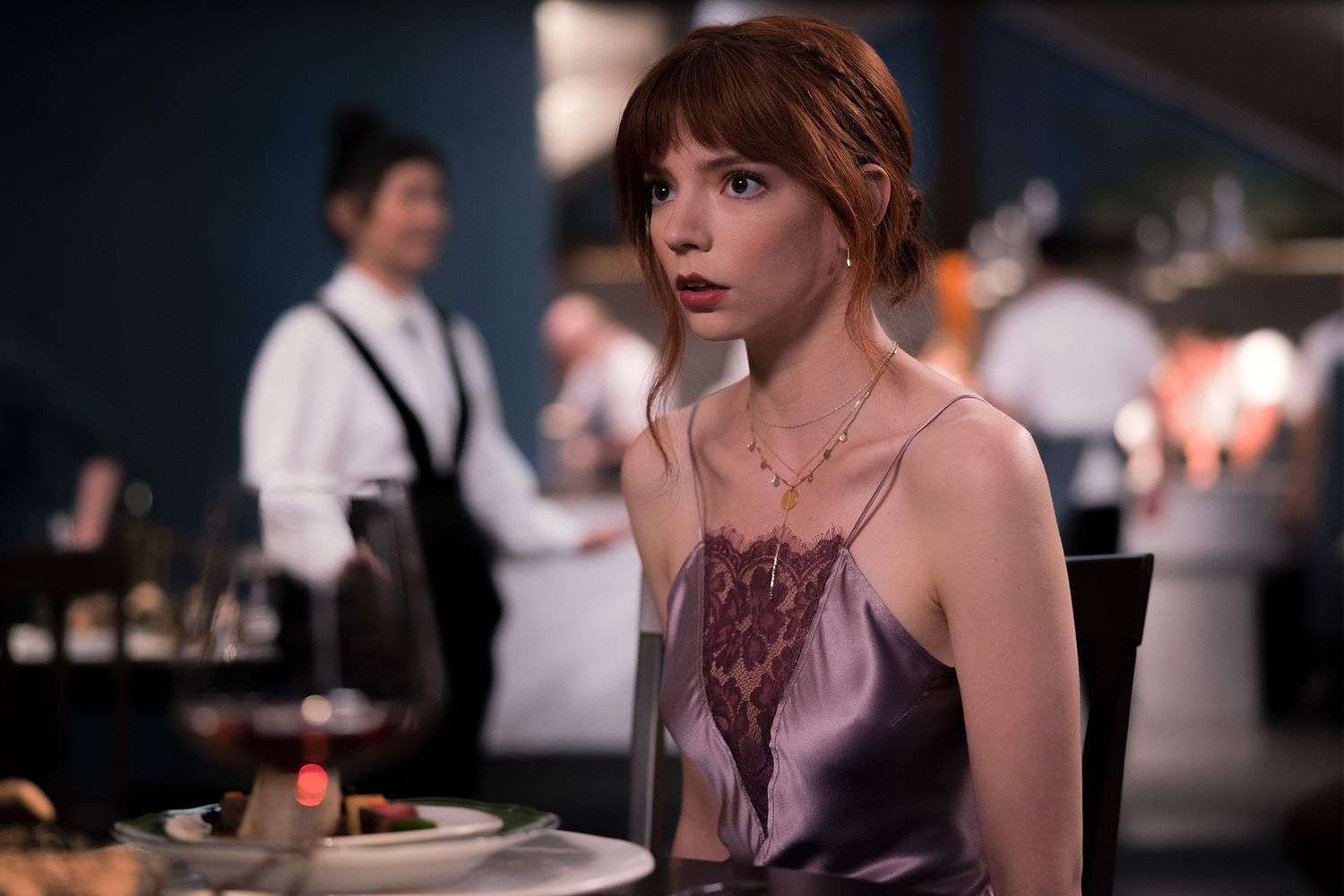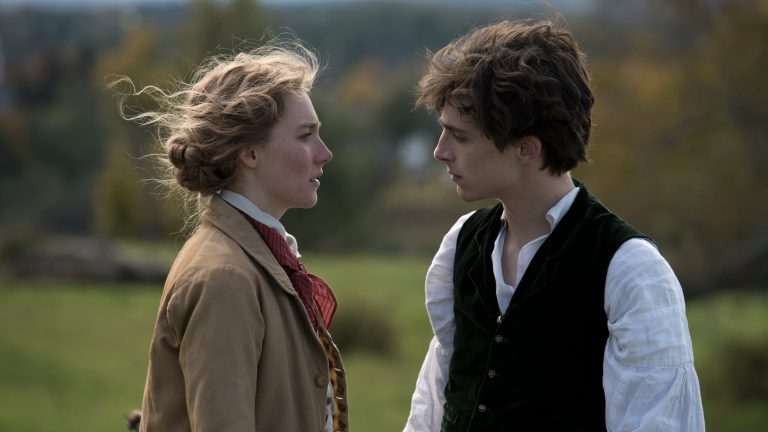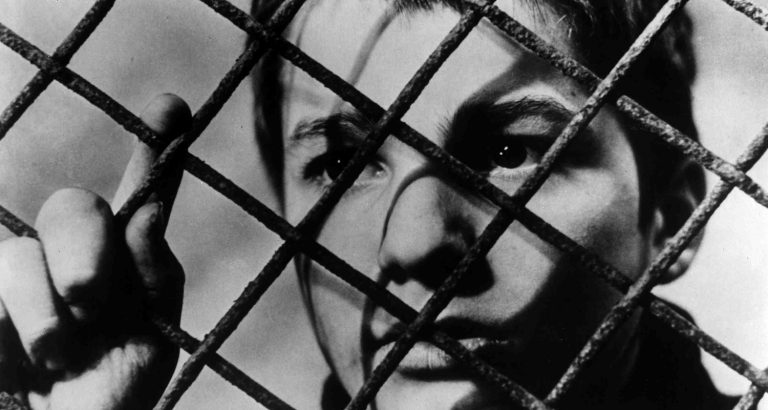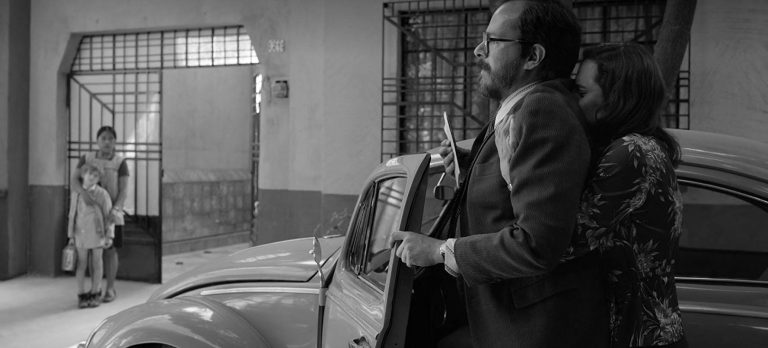A distant, dark, and dejected piece of land, devouring in nature, elicits a savory experience for a counterpart diabolical group of recipients, albeit of a relatively different sort. The Menu is a razor-sharp exhibition of a few people from various streams of life on a middle-of-the-ocean isolated island, buying the most revered culinary experience on the planet.
The two lead characters are – Ralph Fiennes as Julian Slowik, the celebrated chef, and Anya Taylor-Joy as Margot Mills, seemingly an escort; however, someone totally unfamiliar with the exclusive world she’s entering into.
The other characters include a group of 3 wealthy, influential and notorious business partners; an esteemed food critic, who was instrumental in the success of the Chef, and her editor; a wealthy couple who have visited the island 11 times prior to the present; a well-renowned actor with his personal assistant; and a culinary enthusiast with his partner Margot Mills.
The Menu’s premise, story, and progression are all wrapped in delicately prepared exotic meals divided into ten courses. With every passing course and concomitantly the passing run time, we’re slowly delivering the thematic elements of the film through the director’s perspective while subsequently learning about the characters as well.
Tread cautiously, as the essay on Mark Mylod’s The Menu consists of spoilers. You have been warned.
The Menu Explores The Concepts Of Art And Industry In The Postmodern World
The director goes full throttle into a metaphorical spectacle exploring the concepts of art and industry in the post-modern world. How is art created (food being made), the ideation (food ingredients, their origin, and association), the resources (capital provided by the affluent), and the reception by various sections of the society present on the island? An overarching interaction among creators, proponents, admirers, and authorizers, all in a single environment within the contemporary ideological trends. Through Chef and his cadre, we delve into the functional, creative, demonstrative, and philosophical nuances of the creation of art. They showcase the work to a group of people, all with their own receptive lenses, very analogously reflecting upon their respective identities.
Mark Mylod sometimes walks and sometimes leaps into different territories with the mood, tone, and treatment of the film, which parallelly runs with multi-dimensional themes the film is attempting to achieve on this mysterious island. The sequences keep teasing different genres and subgenres, horror, absurdism, satire, and dark comedy. Not much is displayed specifically with an audio-visual treatise barring specific sharp cuts and tidy sound effects bouncing off a passive-aggressive soundtrack. The widely debated themes of the role of art, the utility of art, its importance or unimportance in society and the various identities associated with its creation, and the universal concepts of capitalism, structured classism, and consumerism.
Related Read: The Menu (2022) Review – A Gourmet Satire That’s Baked Until Golden
The film displays energy and aggression, indicating that the director has something to say. Through Margot, we, as the audience, experience events unfolding. Events that are seemingly alienating. From the very moment the characters step foot on the island, the bizarre metamodern architecture, ethereal atmosphere, and mechanical dispositions of the characters welcoming their guests, the alienation and eccentricity seep in. Chef’s frequent descriptive monologues of the dishes, eloquent jargon of food critic Lillian Bloom and information bytes by food fanatic Tyler, all encompassed with the customary lifeless conduct of the kitchen staff, the sense of alienation shakes away the mysteries of the dust and clouds on a crystal-clear night. All of the above alludes that we, as the audience, as Margot, are into an experience we are complete strangers too. As the film progresses, it gets further bizarre; however, the perspective and commentaries become clearer, which floods every inch of the bewildering island towards the end.
During the course of the film, we learn that the wealthy couple does not remember a single dish they tasted in their past visits, implicating the contrast between the creator’s dedication and the consumer’s perception. The business partners’ notorious conduct is highlighted from the beginning of the film, wherein they dismiss the famous actor’s fame. Later in the film, their supposedly exploitative influence and social capital come into play; however, on this far-off dystopian island, they are thrown into the water. From time to time, gatekeeping snippets of Tyler’s pedantic and obsessive demeanor make Margot feel uncomfortable and disrespected. The alienation and distance as a viewer further keep on growing for the film’s singularly un-embracing agenda, both on a visceral and intellectual plane.
The course “The Mess,” Jeremy, one of the cooks, kills himself because the craft supposedly demands it and because he would never be great.
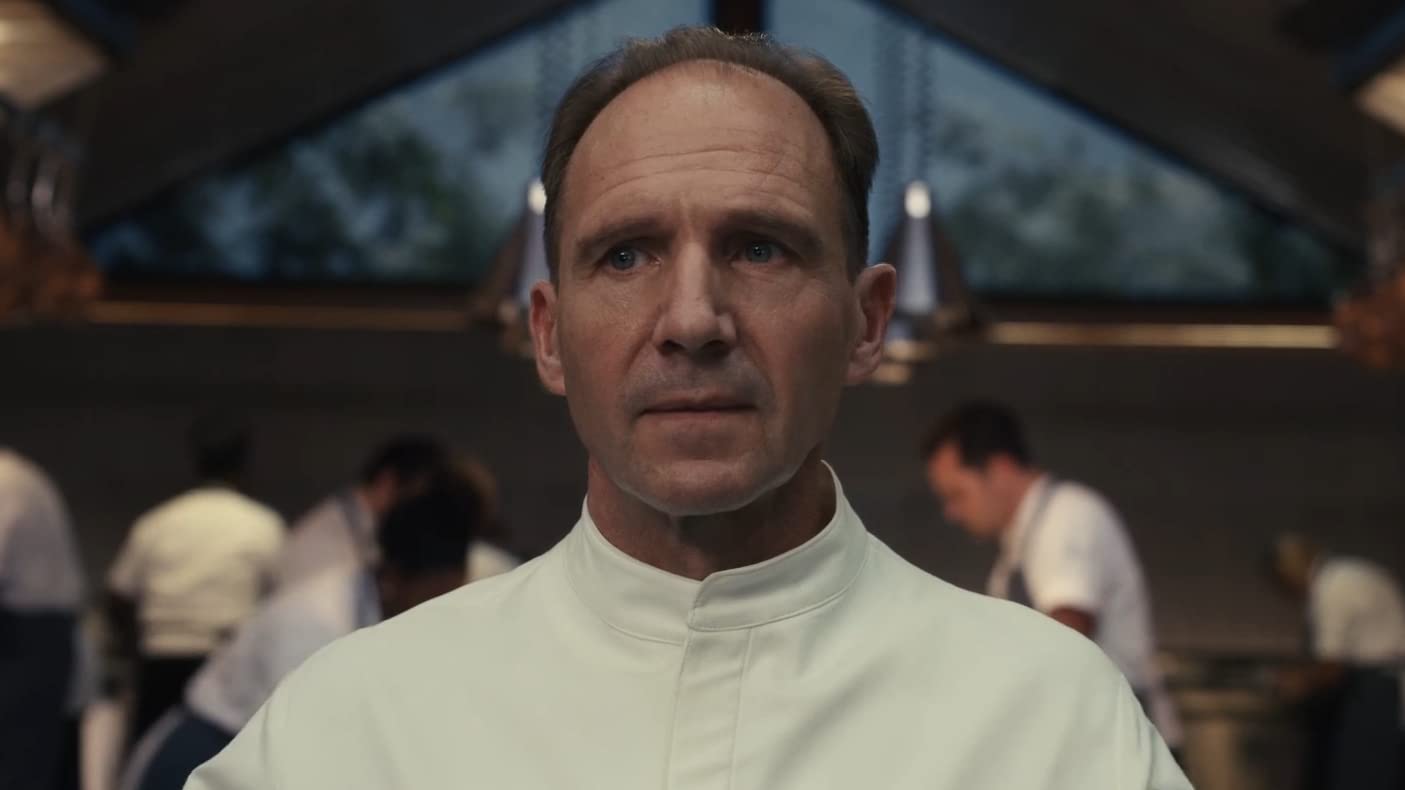
The treatment and display of this sequence through the lens of portraying something obnoxious makes two formidable commentaries, one, that life is tradable if the art demands it, two, that there is an objective truth to art, a singular parameter for greatness and that anything short of greatness on that parameter is unwelcomed.
Bearing in mind, all of these incidents are not solitarily estranging and pungent in subject and content but more so in their treatment. The dismay is not in the direction it goes in, but rather that it is the only direction it goes in.
Also Read: 7 Movies to Watch If You Liked The Menu
In the final act, through Margot, we are made aware of the humble past of the now-renowned Chef. That before his cult-like stature, he had an identity, a beginning, a tangible journey. This subplot is presented as an oasis on the deserted island in the film’s last few moments. Wherein Margot demands a cheeseburger, “Not some fancy, deconstructed Avant bullshit.” She leaves as the only surviving human on the island.
It is this sequence in particular where the film feels like having been constructed voraciously for this very sequence to be enacted and unfolded. The “mysteries of the dust and clouds on the crystal-clear night” mentioned above, in this piece, totally combust, for every scope of any kind of interpretation is aired away; thus, an already mewling, squeaking film is comprehensively conflagrated.
The Menu is a film that consistently keeps on dwindling with its progression from the very threshold. It shoots off at the highest point’s peak, incorporating multiple subjects on its way down. It incessantly disintegrates as it flows towards the sea level dipping the viewer into its apprehensive and mysterious atmosphere. Although during its advancement, the sharp black and sharp white characters keep floating almost helplessly, being rolled over again and again by the thematic waves, apparently losing all of their inertia when they reach the island’s shores.
The Menu – An Exploration that Impulsively turns into A Statement
The director emphatically washes away the ambiguity within the film and its metaphorical display leading to total immersion. The commentary on love and obsession with respect to art is portrayed as a cult, an interesting, however shallow, and almost unexplored territory of art and authority, the unidimensional critical viewpoint of a bureaucracy, and capitalistic conditioning. The film starts off as an exploration but impulsively turns into a statement. A film that originally reveals itself as a metaphor, however, conclusively isn’t a metaphor anymore but a simile.

